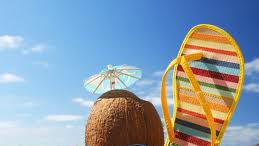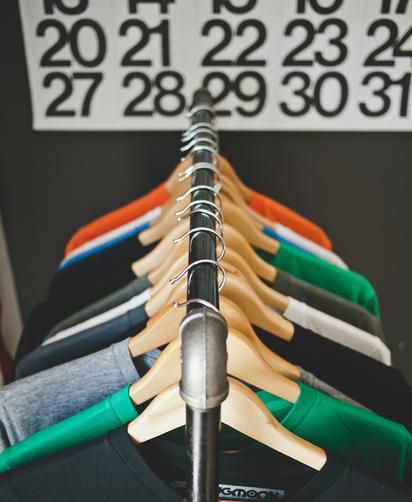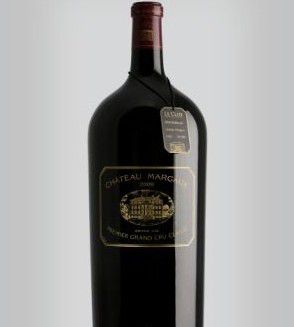"Magpie Dress" in Yunnan
|
In the Yunnan local dialect, a small intermontane(山间的) plain is called a bazi. Baofengba in Puning County is a village inhabited by the Hans. When I saw Luo Meiying, the township leader, she wore a typical peasant dress: a black cloth scarf wrapped apron(围裙) on her head, a white tight jacket covered with a black lace vest, an embroidered apron around her waist, blue pants and embroidered cotton shoes. Sensing my curiosity, she told me that it was called a magpie(喜鹊) dress because the black head and body and white wings. The magpie dress was introduced to this Han village by Luo Meiying from her Yi village when she got married more than 12 years ago. She then changed the chintz scarf and white vest to black, making her look like a magpie which is regarded by the Chinese as a lucky bird. They believe that if a magpie sings in the tree in front of your house, your family will be fortunate. Yi girls are known for their simplicity, beauty and kindness. Young men from Baofengba think themselves very lucky if they can marry Yi girls. They get to know each other while cutting firewood in the mountains, at country fairs and singing, dancing or drinking mountain wine at local festivals or activities. When I visited a Yi village called Tianba, I saw a tiyue (dancing) scene. According to the Yi custom, Yi girls can only dance with young men from Han villages bring wine, sausage and candies to the appointed place and start a fire while waiting. When the Yi girls arrive, they all get up and greet them before sitting down around the fire, while the Yi girl gathers some brambles and puts them on the designated meeting spot to show her disappointment, thus breaking up the relationship. But if a young man breaks his promise by not showing up at the appointed place, the Yi girl gathers some brambles(荆棘) and puts them on the designated meeting spot to show her disappointment, thus breaking up the relationship. At Tianba, the old Yi houses with thick walls made of sticky soil look as a castle. In the past, there was always a dog crouching on the flat roof to watch our for people who came to attack the village. The frequent contact over the past few decades between the Yi and the Han has also resulted in intermarriage between the Yi and the Han. When the Yis found that the Han's brick houses with slanted roofs were durable and good for drainage(排水) , they also started to build their houses as the Hans do. I was invited by a Yi family of Guo Xiaolan. They lived in a two-story house. Entering the arched gateway, I found myself in a small yard with a sitting room and bedroom in front and two rooms on each side: one that served as a kitchen and the other that served as a storehouse. It looked quite similar to the houses found in the Han village of Baofengba. It was the slack winter season. A few young people from the Tianba amateur singing and dancing troupe were practising the Flower Lantern Opera, a folk opera which used to be popular among the Hans in Yunnan and Guizhou. During the Spring and Lantern festivals, a group of three to five performers would bring simple costumes with them and give performances from village to village. After generations of intermingling with the minorities, the Han people have also been influenced by them in clothing and customs. The Miao women are good at dyeing, weaving and embroidery. Not only do they wear colourful embroidered(刺绣的) dresses, but they also dress their children in colourful clothes. Even the bundle cloth they use to carry baby on the back is also embroidered with beautiful patterns. Imitating the Miao women, the Han women also make embroidered hats for their children and carry their babies with embroidered bundle cloths on their backs. It is difficult to tell a Miao woman from a Han from their back. Assimilating and developing the best of different minorities, some Han women in minority-inhabited areas dress themselves in colourful minority costumes, and yet no one can identify them with any particular minority group. The Han women living at Baofengba of Jinning all wear embroidered cotton shoes. As the shoe has an upturned(朝上的) tip which looks like a turtledove's head, it is known as turtledove shoe. Though most of the minority women living in Yunnan and Guizhou provinces also wear embroidered shoes, no one can say for sure who the originator is. |








